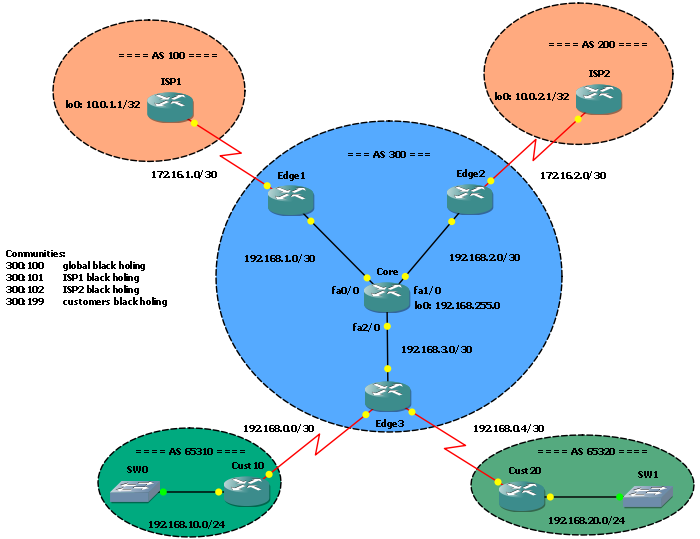 What do you do if someone knocks at your door, you see him through the peephole, and you notice he has a black cowl, a crowbar and a big bag? I’m quite sure: you do not open that door! Why? Because, sometimes, the gown does make the friar! And, actually, he’s really not a friar!
What do you do if someone knocks at your door, you see him through the peephole, and you notice he has a black cowl, a crowbar and a big bag? I’m quite sure: you do not open that door! Why? Because, sometimes, the gown does make the friar! And, actually, he’s really not a friar!
Same thing should happen in a network! If you know a packet is a bad packet, why should you let it go through?
In this (stupid) example bad packets are those coming from or going toward bogon IP addresses, that is, addresses picked up from unallocated or private (so, not routable) address spaces. As you know, there are many subnets used only for private addressing (RFC 1918), other are reserved (RFC 3330), and few subnets are still not allocated by IANA… so, if your router is sending or receiving a packet to/from one of these addresses, there is something you should be concerned about (of course, some restrictions may apply!)
